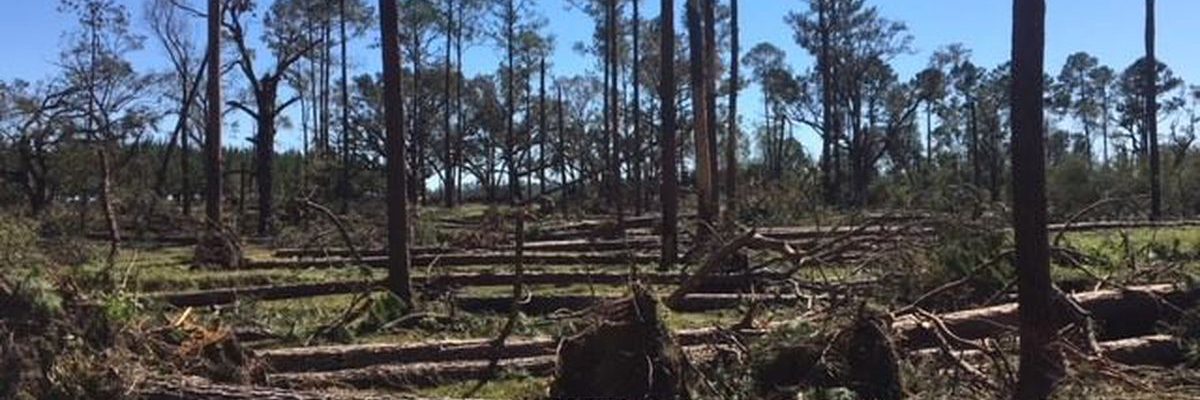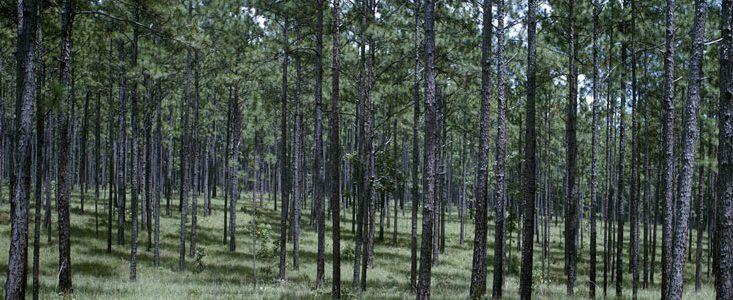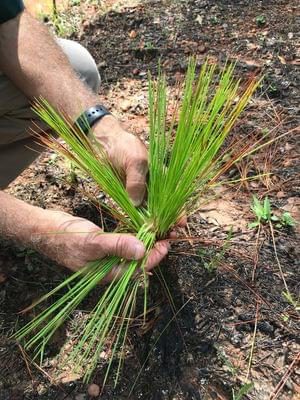Forestry
-
Webinar series: Timber Hurricane Preparation & Recovery Webinar Series – April 15, June 3, August 26

With the devastation to many Southeastern forests and woodlots from recent hurricanes, growers need to know how to prepare for the next storm. The UF/IFAS Extension is providing a series of three webinars on building a resilient system, preparing for the storm, and recovering from the storm that can help landowners get ready for the…
-

A new fire-mapping online tool is now available for the Southeast. It enables resource managers to improve their regional or local approaches to managing wildfire risk and fire management needs through targeted prescribed burns and training. Fire management helps improve forest ecosystem health, increases timber values, reduces the risk of wildfire damage to life and…
-

A lot of the Southeast is covered in forest now. In Georgia alone, about 70 percent of the land is now forested. Producers used to be able to make a good living off of forestry during the housing booms of previous decades, but now they are barely getting by. The Wall Street Journal has a…
-

If you drive through southeast Alabama or southwest Georgia, you can still see plenty of damage from Hurricane Michael, which hit there in 2018. Researchers with Auburn University’s School of Forestry and Wildlife Sciences are currently working on a “Downed Timber Initiative,” which aims to develop new methods of using fallen trees and branches decimated…
-

Earlier this summer in mid-August, Hurricane Laura deepened rapidly just before it came onshore in western Louisiana. In some ways it behaved quite a bit like Hurricane Michael did in 2018 when it hit Mexico Beach FL and crossed Georgia, causing a lot of agricultural damage. This time it was Louisiana and Arkansas that saw…
-

A story this week in Yale Climate Connections discusses how some French wine growers are planting their vines next to trees to help keep temperatures more moderate, which will extend the ability of French varietals to grow in areas that are warming up due to climate change. Because most growers cannot move their vineyards, they…
-

Southerly Magazine has an interesting story about the longleaf pine’s history in the Southeast. It was nearly eliminated by logging and development and then replaced by other species. But it has a long history of surviving in the region for thousands of year before humans lived here…